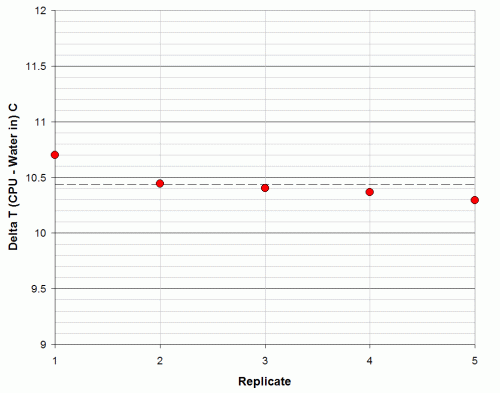|
|
|
|
 JayDee's R-Type Waterblock Review JayDee's R-Type Waterblock Review
|
|
Date Posted: Jul 27 2004
|
|
Author: pHaestus
|
|
|
|
|
Posting Type: Review
|
|
Category: H2O and High End Cooling Reviews
|
|
Page: 1 of 1
|
Article Rank: from 1 Readers
Must Log In to Rank This Article from 1 Readers
Must Log In to Rank This Article
|
|
|
|
|
Note: This is a legacy article, imported from old code. Due to this some items on the page may not function as expected. Links, Colors, and some images may not be set correctly.
|
|
|
JayDee's R-Type Waterblock Review By: pHaestus
|
|
|
JayDee's R-Type Waterblock Review
By: pHaestus 7/27/04
|
|
|
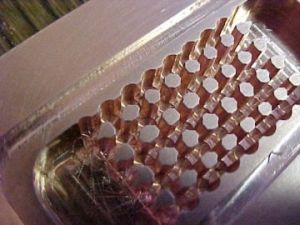 Today we have another DIY waterblock from JayDee116 of our forums. JayDee's last block, the Lumpy Channel, did surprisingly well, and so I am
sure everyone is interested in seeing how this block compares. I am guessing that the R in R-Type is a nod to #rotor and his pin grid blocks. The R-Type is similarly a pin-style block that is
made with a combination of drilling holes and milling channels. Here's what JayDee said about the R-Type: Today we have another DIY waterblock from JayDee116 of our forums. JayDee's last block, the Lumpy Channel, did surprisingly well, and so I am
sure everyone is interested in seeing how this block compares. I am guessing that the R in R-Type is a nod to #rotor and his pin grid blocks. The R-Type is similarly a pin-style block that is
made with a combination of drilling holes and milling channels. Here's what JayDee said about the R-Type:
"Goals of the R-Type block"
1) Easy to mill.
2) Good performance.
3) 2 barbs.
I was successful in all of these goals. The block is a simple design. The holes are 1/8" and they are
connected with a 1/16" endmill. The base material is C110 Copper 2" (W) x 3" (L) x 3/8" (T). The hole and
outer channel depth is 1/4". That leaves 1/8" of base. The block was milled out on my little Sherline 5400 mill that has a CNC conversion from acumotion. The top is also C110 copper that is 1/8" thick. The barbs
are 1/2"ID copper connectors soldered on."
JayDee116 of Custom Cooled PC
The R-Type block was properly sealed and leak free in testing, but I have to admit that the top looks quite a
bit more "rustic" than the Lumpy Channel. There's nothing wrong with that, I am just saying...
|
|
|
|
|
|
|
|
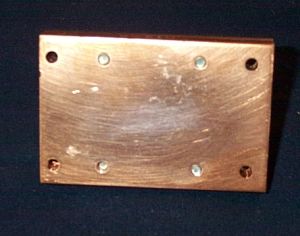 |
|
|
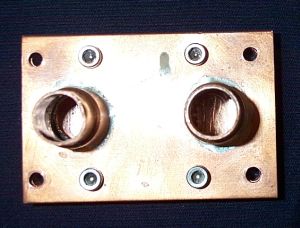 |
|
|
|
Test Results and Observations
|
|
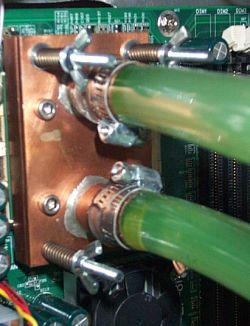 I finally got around to putting together a summary of my testing methods and equipment, so if you want to get the full
lowdown on the Procooling test bench then just give that a read. I used the mounting hardware and springs for the R-Type block that I used when testing all other 4 hole
mounted waterblocks. Here is a bit more information on the "delta T" numbers that are used in all the graphs that follow: I finally got around to putting together a summary of my testing methods and equipment, so if you want to get the full
lowdown on the Procooling test bench then just give that a read. I used the mounting hardware and springs for the R-Type block that I used when testing all other 4 hole
mounted waterblocks. Here is a bit more information on the "delta T" numbers that are used in all the graphs that follow:
I measure CPU diode temperature, the temperature of the water at the waterblock's inlet, and the water flow rate. By
plotting the difference between CPU temperature and water temperature, we can normalize all testing. This is required because water temperatures may vary from day to day in my
testing room. The closer that this delta T (engineering-speak for temperature differential) is to 0, the better the waterblock is performing.
The first test I conduct is the variation of waterblock performance over repeated mounting replicates at 1.50 GPM flow rate:
|
|
Over five mountings the average temperature difference between CPU diode and water inlet was 10.44C, and the standard deviation was 0.16.
There might be a slight downward trend in this data but the results were all so close to one another that I don't think it was anything to worry about.
The next test conducted is the relationship between waterblock performance and flow rate. I included the curve of the Lumpy Channel block on this graph as
well for easy comparison:
|
|
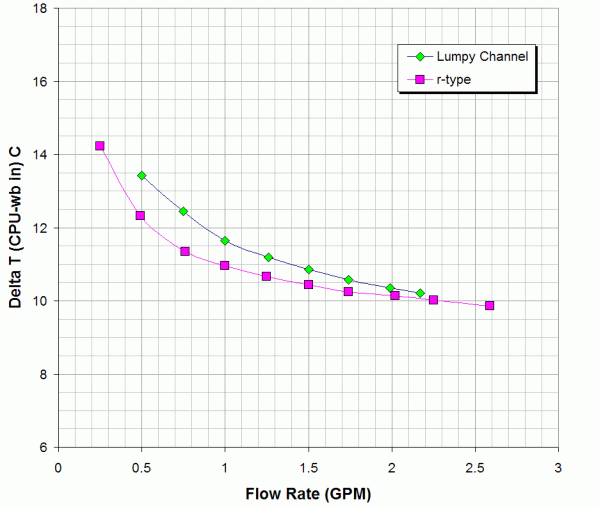 |
|
I am gearing up for reviewing more European waterblocks soon; note the 0.25GPM data point. The relatively open design and the large 1/2" copper
connectors used for barbs make the R Type a fairly low flow resistance block. On my testbed I could obtain a maximum flow rate of 2.59 GPM with the R-Type, and only 2.18 GPM with the Lumpy Channel. I would guess that the
1/2" copper barbs are the major reason for the increased flow rate.
It is also clear that the R-Type block does quite a bit better than the Lumpy Channel block at less than 1.25 GPM. This is consistent with the thicker base used on the R-Type. Also notice that the R-Type's performance doesn't increase as much as the Lumpy Channel block does when flow is raised above 1.25 GPM. This is also consistent with using a thicker baseplate.
The following graph shows how the R-Type stacks up to previously-tested commercial waterblocks:
|
|
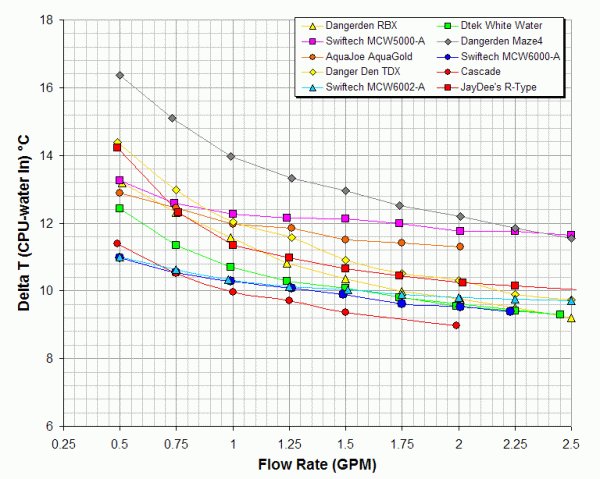 |
|
This graph is getting pretty busy, and I recommend either clicking on the graph or following this link to use Procooling's interactive waterblock comparison page.
It should be clear from the graph though that JayDee has produced a very competitive waterblock. He has offered to write an article on exactly how to build the R-Type (including the necessary CAD files and printout
templates) sometime in the future.
Thanks again to JayDee for providing this block to test.
I have a couple of additional blocks from ProForum members to test over the coming weeks. Hopefully they can give JayDee some competition!.
|
|
|
|
| Random Forum Pic |
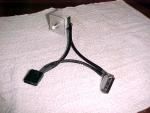 |
| From Thread: DDC 12V Speed control built and tested |
|
| | ProCooling Poll: |
| So why the hell not? |
|
I agree!
|
 67% 67%
|
|
What?
|
 17% 17%
|
|
Hell NO!
|
 0% 0%
|
|
Worst Poll Ever.
|
 17% 17%
|
Total Votes:18Please Login to Vote!
|
|






 JayDee's R-Type Waterblock Review
JayDee's R-Type Waterblock Review
 from 1 Readers
Must Log In to Rank This Article
from 1 Readers
Must Log In to Rank This Article
 Today we have another DIY waterblock from JayDee116 of our forums. JayDee's last block, the
Today we have another DIY waterblock from JayDee116 of our forums. JayDee's last block, the 

 I finally got around to putting together a
I finally got around to putting together a 